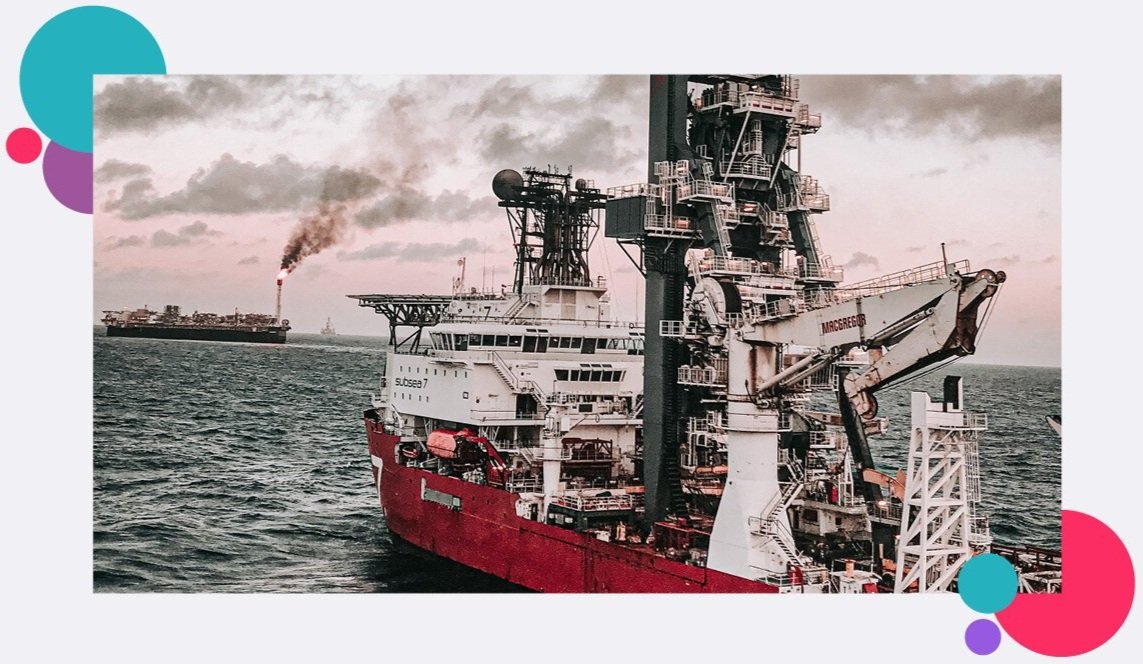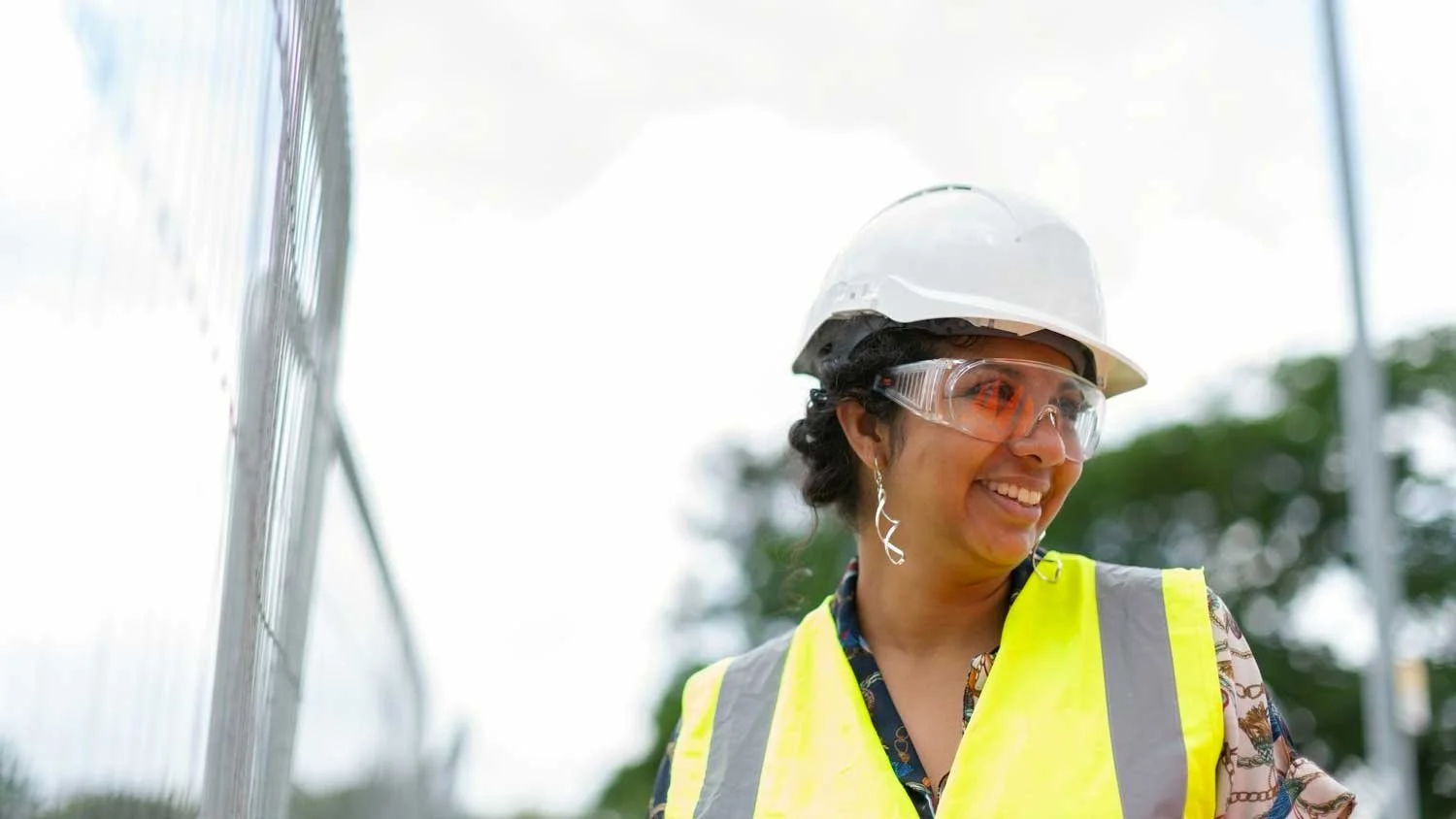Lone working in Oil and Gas
An introduction to the oil and gas industry
The oil and gas industry has long played an important role in the UK economy, helping power homes, businesses and vital infrastructure. Across the UK, the industry contributes around £24 billion in GDP, and over 280,000 jobs are dependent on it. Many of these jobs are laborious, remote and come with huge responsibilities. In this article, we’ll look at the risks and difficulties facing oil and gas workers, particularly where they work alone.
While the sector is intertwined with the UK’s industrial past, oil and gas is also going through a period of modernisation, reaching into new markets and responding to the call for reductions in carbon emissions. We believe that worker safety needs to be a part of that modernisation effort and a lone worker solution such as Safepoint can help ensure energy employees and organisations are protected.
The risks of lone working in the oil and gas sector
On the face of it, the energy sector (the umbrella category that oil and gas sits under) is one of the UK’s safest industries, with injury rates coming in lower than accommodation and food services. It is important to note, however, that the rates of risk are not consistent across all areas of the sector.
For instance, the rate of RIDDOR-reported incidents for offshore energy jobs is vastly higher than the ‘all-industry’ average (317 vs 222 injuries per 100,000 workers, respectively).
The specific risks that most affect gas and oil workers, according to a 2021 report, are:
Transportation and vehicle incidents
Slips, trips and falls
Contact with objects and equipment
Fires and explosions
Exposure to chemicals and other harmful substances
What is lone working and how does it affect the oil and gas industry?
A lone worker is someone who works out of sight or earshot of their colleagues for some or all of their day. Lone working, by its nature, can increase the risk of serious injury, by lowering levels of oversight and increasing response times to potential emergencies.
Most of the injury types listed above become much more serious when the victim is working alone. Across all industries, healthcare outcomes are improved when the sufferer of an injury is seen to quickly. In this way, it’s important to not only provide conventional safety tools (like hard hats and high-vis clothing) but also the tools that help staff stay safe when they’re working alone.
Responsibilities for keeping lone workers safe in the oil and gas sector
In an industry where mistakes can be destructive and life-altering, the responsibilities of both lone working employers and lone workers in the oil and gas sector cannot be underestimated.
Lone workers are an integral part of the oil and gas industry and so their safety should be a real priority. Indeed, keeping track of lone workers is not only important for their safety, but it is also a vital part of keeping the industry productive and in line with regulatory standards.
Lone workers operating in remote locations, possibly even offshore, are placed under extra pressure, and being isolated can take both an emotional and physical toll. Oil and gas organisations have a duty of care towards all their employees, whether they are working onsite or remotely.
Solutions for keeping lone workers safe in the oil and gas sector
Risk assessment
Accurately collecting risk assessment data and constructing a usable, effective lone working policy is the first step to mitigating potential risks to your oil and gas employees. Be sure to speak to lone workers across the whole organisation - especially those who work in remote locations - to best understand their safety needs.
Tools and training
Ensure that your staff have confidence in their tools, their working environment and their superiors by having clear communication procedures if something goes wrong or if the equipment is in need of repair.
Communication and supervision
Employers have a responsibility to keep their lone working staff safe by providing means of communication and supervision. If someone is working alone, they should have ways of seeking support, particularly in an emergency.
One way of communicating with remote lone workers in the oil and gas sector is through walkie-talkies. The advantages of walkie-talkies are their simplicity and their robustness. Being radio-based, they are great for communication between low-signal areas.
The problem with walkie-talkies is that they only provide simple push-to-talk audio information. If someone is incapacitated, out of range, or their device has broken, they cannot call for help. That’s why we think that walkie-talkies are good when used in conjunction with a dedicated lone working solution.
Using dedicated lone working solutions in the oil and gas sector
We believe in the importance of dedicated lone working solutions for oil and gas employees. Lone working solutions help employers keep track of where their staff are and what they’re doing. If something was to go wrong, employers can use live GPS location and a comprehensive task history to provide emergency support.
More than that, however, a really comprehensive solution like Safepoint can actually help employers organise their team and keep everyone productive. Keep reading to find out how.
How does Safepoint protect lone workers?
Safepoint provides award-winning lone working solutions for workers in the energy sector along with many other industries across the UK and abroad.
When workers in the oil and gas industry are equipped with Safepoint’s apps and wearable panic alarms, they can set up timed, GPS-tracked ‘tasks’ (such as ‘Site Visit - 2 hours’).
If the worker runs into trouble, they can tap a button on their phone or wearable panic alarm and an alert will be sent out (along with their live location).
Above: when an alert is triggered, it is handled by our GuardianPlus team and can be viewed in the web portal.
But what if a worker is incapacitated (for instance, if they have an accident)? With Safepoint, an alert will automatically be sent out if a user takes a fall (sometimes called a man-down feature) or if they are unresponsive.
With Safepoint, energy organisations can supervise their whole team through the Safepoint app or Web Portal – where they can see alerts, live locations, status updates, team analytics and more.
What’s more, with Safepoint’s 24/7 GuardianPlus service, your team’s safety can be monitored day and night by an accredited team of expert responders. These emergency response professionals, working out of a dedicated Alarm Receiving Centre, will handle any emergency –from first response, to escalation management, to liaising with the emergency services.
App-based lone working solutions and working off-shore
An app-based solution like Safepoint can work brilliantly for land-based energy sites, but what about offshore?
While Safepoint’s lone working solution tends to use mobile data, it can also use wifi. This is great for the growing number of offshore rigs providing some sort of wifi hub. This allows offshore sites to keep track of all their staff with live updates. What’s more, Safepoint users can see when an employee has gone out of signal range, and can use their most recent data, and task history, to figure out what has happened and check if they need to investigate.
We have also seen an increase in third-party devices that turn smartphones into satellite phones (or sat-phones). These sorts of solutions mean you can go onshore to offshore with less worry about losing signal.
If you want to see if your oil and gas site’s set-up works with Safepoint’s lone working system, why not claim a free trial?
Keeping lone workers safe in the oil and gas sector
All sorts of businesses rely on Safepoint’s lone worker solutions and 24/7 Alarm Receiving Centre to keep their staff protected and organised. Some of our energy and offshore clients include:









